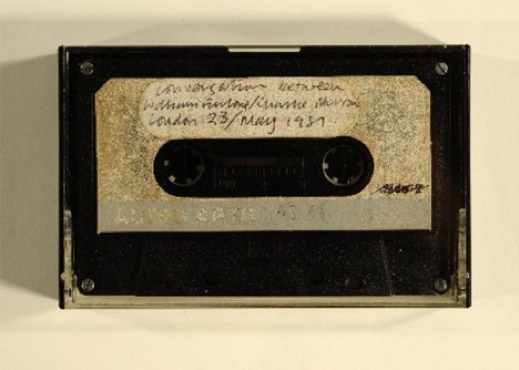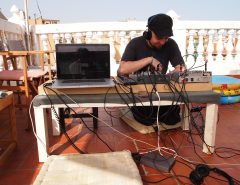The Compact Cassette, invented by Philips in 1962, revolutionised recorded sound. As a portable recording format it provided the means for audio material to be captured, sequenced and distributed to a huge network of listeners across the globe. By the early 1970s, improvements in the magnetic composition of tape led to the production of pre-recorded music cassettes and, perhaps more importantly, the growing number of home tape recorders meant that people could avoid the need to purchase music altogether. Tape, like vinyl, offers the listener a physical connection with recorded material and, through the latter part of the 20th century, a generation of sequentially programmed compilations or ‘mix tapes’ were created, each telling a highly personalised story through sound. It is this potential for the construction of audible collage or montage, coupled with the opportunity to convey actuality, which captured the imagination of William Furlong, providing the basis for Audio Arts. As curator-editor, Furlong began to gather together the equipment and skills required to realise his vision of a unique audio magazine. He felt that by recording, manipulating and constructing sonic materials he could develop a new concept of sculpture which would occupy space in much the same way a physical object does.






Leave a Reply
Lo siento, debes estar conectado para publicar un comentario.